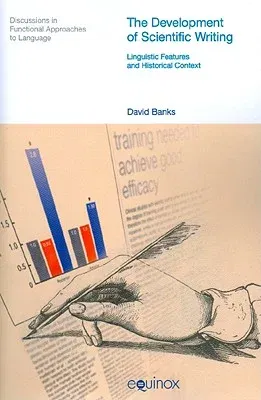David Banks
(Author)The Development of Scientific Writing: Linguistic Features and Historical ContextHardcover, 16 October 2008

Qty
1
Turbo
Ships in 2 - 3 days
In Stock
Free Delivery
Cash on Delivery
15 Days
Free Returns
Secure Checkout

Part of Series
Discussions in Functional Approaches to Language
Part of Series
Functional Linguistics
Print Length
228 pages
Language
English
Publisher
Equinox Publishing (UK)
Date Published
16 Oct 2008
ISBN-10
184553316X
ISBN-13
9781845533168
Description
Product Details
Author:
Book Format:
Hardcover
Country of Origin:
GB
Date Published:
16 October 2008
Dimensions:
23.39 x
15.6 x
1.42 cm
Genre:
Science/Technology Aspects
ISBN-10:
184553316X
ISBN-13:
9781845533168
Language:
English
Location:
Sheffield
Pages:
228
Publisher:
Weight:
503.49 gm